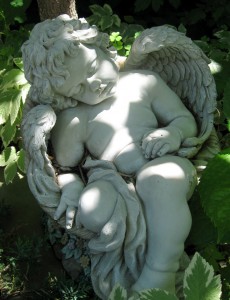Beyond Maslow: The Eight Core Needs of CosmoErotic Humanism
From Maslow’s Five Needs to the Eight Core Needs of Eros & CosmoErotic Humanism on Need and Desire
Early Draft by Dr. Marc Gafni
Download a PDF Version of this Essay Here:
Evolution Is Love in Action in Response to Need
The Bi-Directional Eros and Ethos of Your Need Is My Allurement: Shame, Allurement, Intimacy, Value, Need, and Obligation
In earlier writings, we spoke of the animating principle of evolution, Your need is my allurement. When the beloved speaks to us—not necessarily the romantic beloved, but the Outrageous Love beloved—and says, Your need is my allurement, we heal the shame of finitude that lives so deeply in us. The shame of finitude, as we have outlined it,[1] is the shame that comes from the humiliation we experience in meeting our basic needs. Together with the shame of our mortality and the shame of our animal nature, the shame of finitude is connected to an underlying malaise—the shame of powerlessness. It is only in healing the shame of finitude that we step into the fullness of Homo amor, the new human and the new humanity. The shame of finitude must be healed by each of us, personally. And collectively, we must heal our planet drenched in shame.
Shame is healed, however, not only when we feel the allurement of the beloved to meet our need. That is but the first step of two steps. In this step, we overcome our original humiliation in meeting our fundamental need for touch, contact, and nourishment. The second step is to also experience ourselves saying to the beloved, Your Need is my allurement.
We need to be the object of allurement, which elicits the response of Your Need is my allurement. And we need to be the one allured, who is speaking, Your Need is my allurement.
Allurement is deeply entwined with intimacy. Remember our intimacy articulation:
Intimacy = shared identity in the context of relative otherness x mutuality of recognition x mutuality of pathos x mutuality of value x mutuality of purpose.
Underlying the Eros of intimacy is need: I love you = I need you.
To truly say I love you is to say I need you. It is the mutuality of need that drives the movement towards intimacy. It is in the mutuality of need—often desperate need—that we meet and know each other.
Deep in our Anthro-Ontology, we are allured to respond to need. We are allured to respond to the need of the beloved in precisely the same way that we are allured to respond to our own need. The allurement is rooted in a hidden knowing that we are part of the same Field of Consciousness and Desire. We are allured because no one is ultimately a stranger. That allurement creates not only delight but also the gravitas of intimacy and joyful obligation.
Remember that intimacy is shared identity. And intimacy itself creates obligation. Intimacy is the allurement that reminds my heart and body that we share identity. Intimacy is the allurement in which we recognize each other, we feel each other, we experience our shared values and shared purpose. But even deeper, intimacy is the depth of naked realization in which we embrace the raw and vulnerable truth that we need each other—desperately.
It is not a coincidence of language that in Hebrew one of the root words for love or intimacy—chibah—is also the root word for obligation—chovah. Obligation is not imposed from an alienated source, external to us. Obligation is the experience of love itself in response to need. (more…)
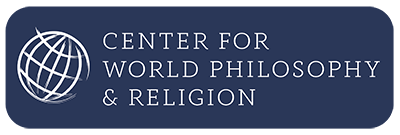
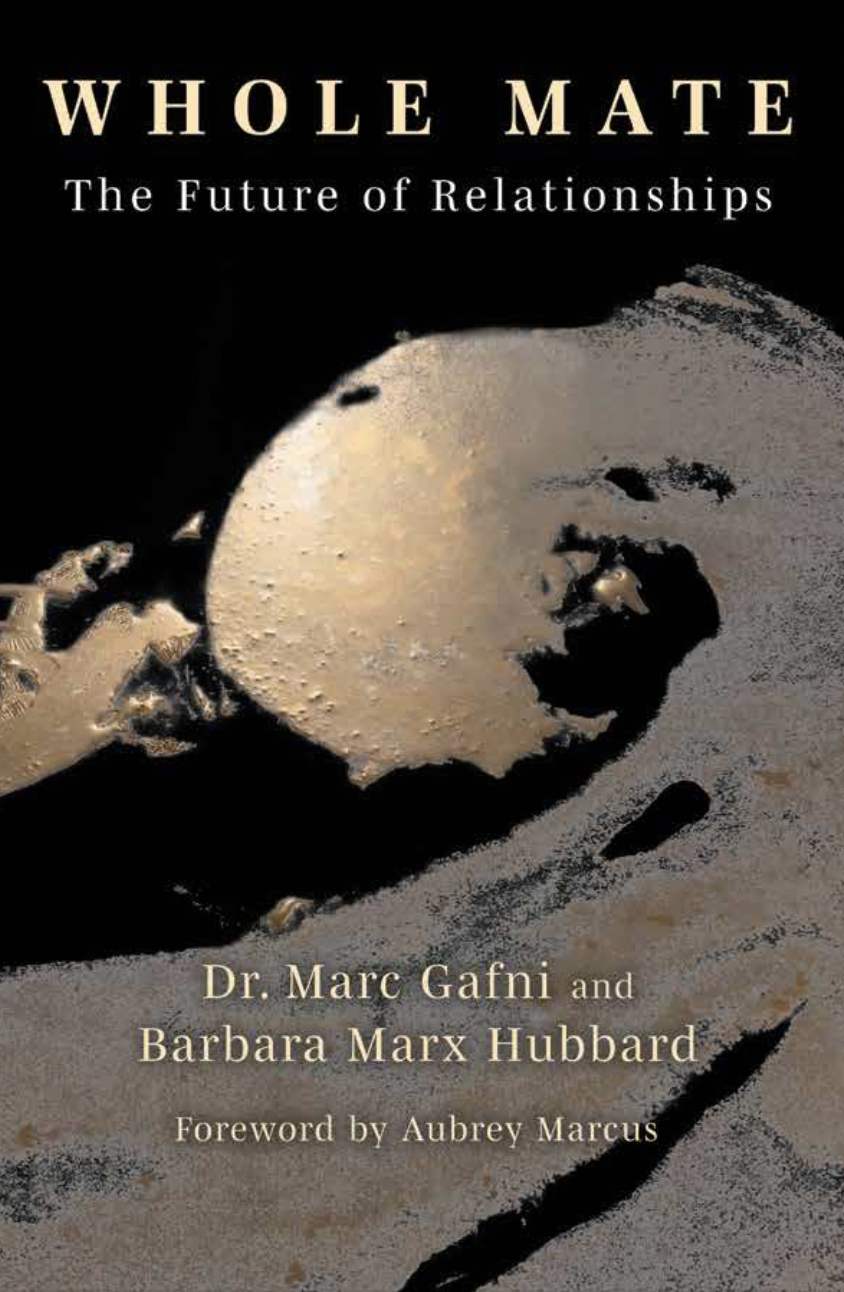
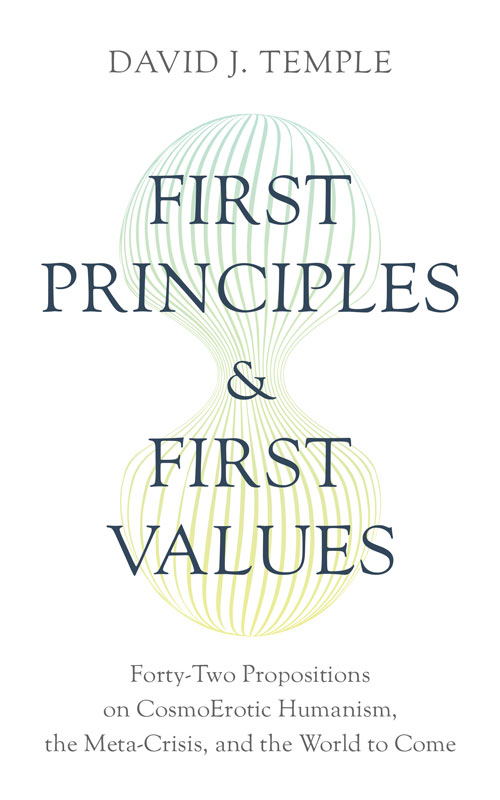
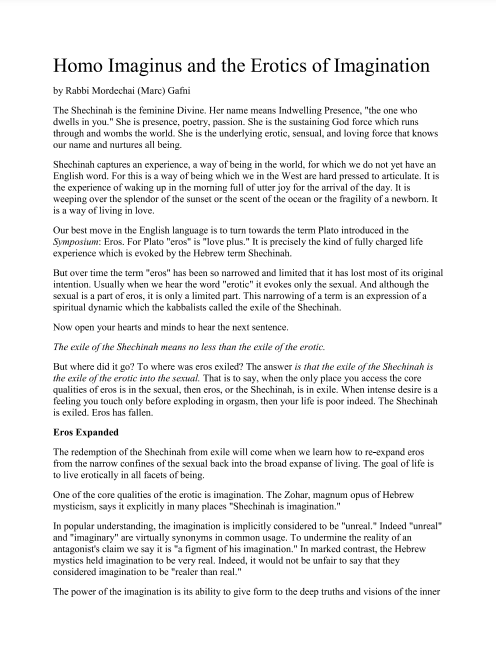
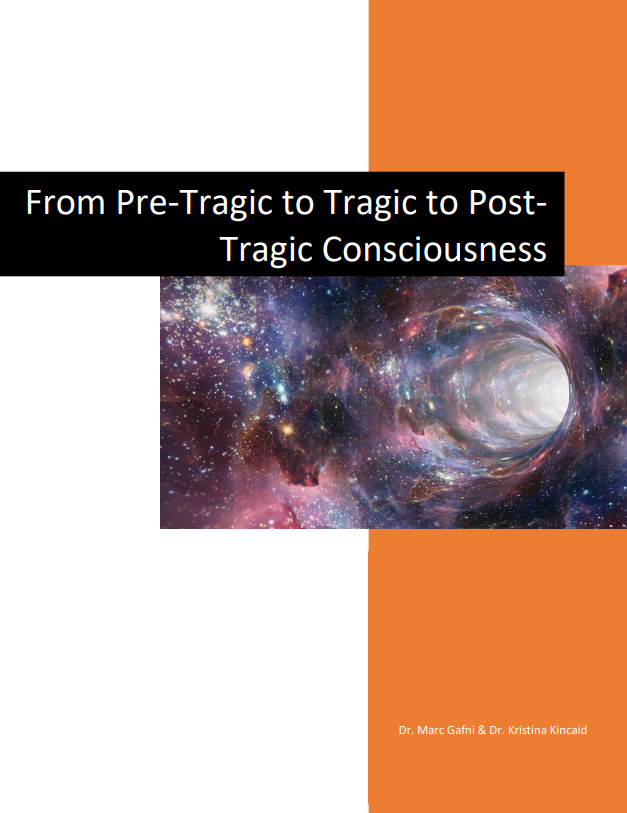
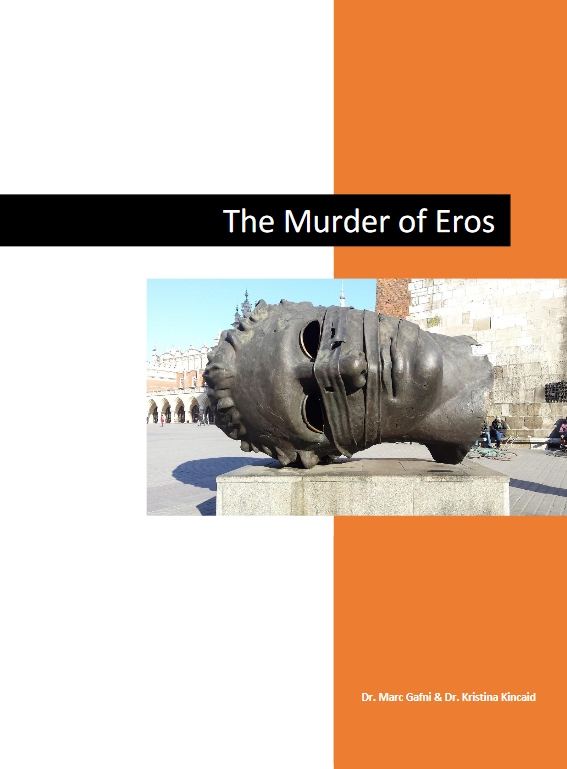
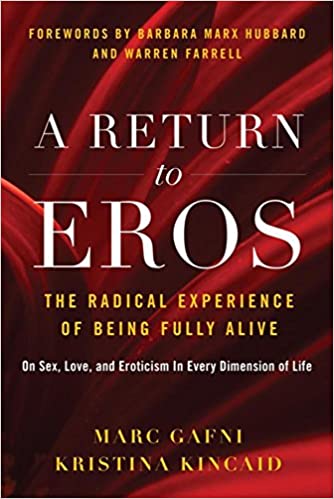
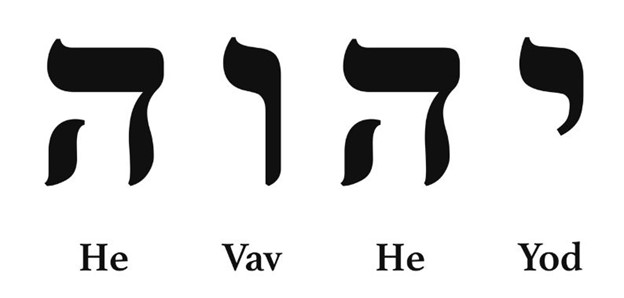
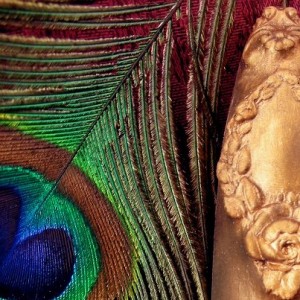 By
By 